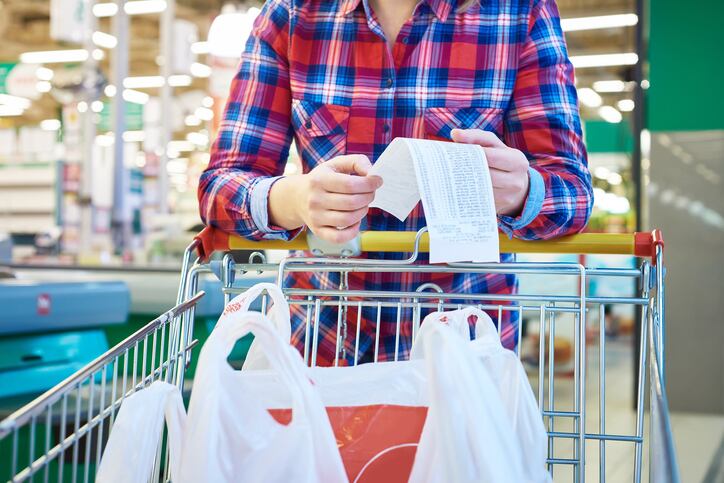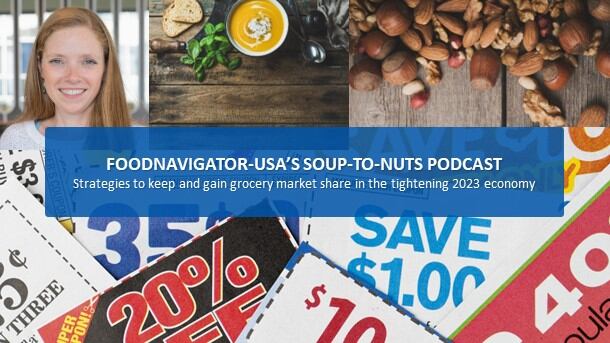Dunnhumby’s Consumer Trends Tracker, which is part of the customer data science firm’s quarterly retail market analysis, found that U.S. consumers think grocery retailers earn net profit margins of 35.2%, more than 14 times actual net profit margins of 2.5%.
Additionally, consumers view food-at-home inflation as 24.3%, approximately double the inflation rate reported by the U.S. Bureau of Labor Statistics.
The distorted consumer viewpoint highlights a need for empathetic retailing, and provides an opportunity for retailers to demonstrate that they are on the customers’ side during a time of economic uncertainty.
“We found that retailers are in a precarious position with their brand perception, since customers are vastly over-estimating grocers’ store profit margins and inflation rates, while they themselves are battling food prices,” said dunnhumby President of the Americas Matt O’Grady. “Retailers need to show they are empathetic to customers through their prices, their rewards/loyalty offers, and with messaging to best support shoppers during these challenging financial times.”
It’s especially important given the value of brand perception. “If consumers believe their grocery store is pocketing over 10x the profit they actually are, this will affect how people feel towards the brand,” dunnhumby said.
Ecommerce, health important for reaching consumers
Retailers should focus their efforts on the key trends of ecommerce and health to assist consumers and help turn the perception tide, the firm suggested.
For example, retailers could improve their websites, apps and delivery/pickup options to boost their ecommerce sales. Eighty-one percent of consumers want retailers’ grocery websites and apps to make shopping online easier, while 78% look for more convenient delivery or pickup timeslots to be available.
Investments in health should be selected wisely, with a focus on what really matters to consumers, per dunnhumby. Forty-four percent of consumers said it was extremely or very important for retailers to help them make healthy choices.
Retailers could leverage private label brands to offer options catering to consumer health preferences such as keto and low carb.
“By taking a customer-first approach to rising consumer trends, retailers will be better placed to ensure satisfaction, loyalty and positive word-of-mouth among their shoppers,” dunnhumby said.
Coping better than before
Dunnhumby interviewed more than 6,000 U.S. grocery shoppers in three waves of approximately 2,000 individuals in April, July and November 2022 as part of the CTT study, which is “designed to uncover shopper needs, perceptions and behavior over time.”
Per the report, 2022 “was not a comfortable year for consumers,” with three in 10 cutting meal sizes or skipping meals due to a lack of money for food.
But according to study data, consumers are “coping” better more recently, with 48% reporting they are buying the kind of food they want to eat in November compared with 43% in July. Moreover, the consumers who said they would have trouble covering a $400 unexpected expense declined from 64% in July to 60% in November.
They’re also indicating a hopefulness about the long-term future, with 47% suggesting inflation and “the state of the country” would improve in three years, while just 22% suggested inflation and the country would improve in 2023.




